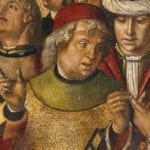 Politics
Politics  Politics
Politics  Weird Stuff
Weird Stuff 10 Eggs-traordinarily Odd Eggs
 History
History 10 Desperate Last Stands That Ended in Victory
 Animals
Animals Ten Times It Rained Animals (Yes, Animals)
 Mysteries
Mysteries 10 Devastating Missing Child Cases That Remain Unsolved
 Creepy
Creepy 10 Scary Tales from the Middle Ages That’ll Keep You up at Night
 Humans
Humans 10 One-of-a-kind People the World Said Goodbye to in July 2024
 Movies and TV
Movies and TV 10 Holiday Movies Released at Odd Times of the Year
 Politics
Politics 10 Countries Where Religion and Politics Are Inseparable
 Weird Stuff
Weird Stuff 10 Freaky Times When Famous Body Parts Were Stolen
 Politics
Politics The 10 Most Bizarre Presidential Elections in Human History
 Weird Stuff
Weird Stuff 10 Eggs-traordinarily Odd Eggs
 History
History 10 Desperate Last Stands That Ended in Victory
Who's Behind Listverse?

Jamie Frater
Head Editor
Jamie founded Listverse due to an insatiable desire to share fascinating, obscure, and bizarre facts. He has been a guest speaker on numerous national radio and television stations and is a five time published author.
More About Us Animals
Animals Ten Times It Rained Animals (Yes, Animals)
 Mysteries
Mysteries 10 Devastating Missing Child Cases That Remain Unsolved
 Creepy
Creepy 10 Scary Tales from the Middle Ages That’ll Keep You up at Night
 Humans
Humans 10 One-of-a-kind People the World Said Goodbye to in July 2024
 Movies and TV
Movies and TV 10 Holiday Movies Released at Odd Times of the Year
 Politics
Politics 10 Countries Where Religion and Politics Are Inseparable
 Weird Stuff
Weird Stuff 10 Freaky Times When Famous Body Parts Were Stolen
10 Times US Foreign Policy Was Wildly Inconsistent
In August 2012, President Barack Obama warned that the use of chemical weapons by the Syrian government would prompt US intervention in the Syrian Civil War. By April of the next year, US intelligence reported that Syrian President Bashar al-Assad and his loyalist forces had, in fact, used chemical weapons against the opposition. Briefly, it looked as though the US would take action against Assad’s regime, but this did not happen. Instead, Obama softened his original “red line” for intervention.
By September 2014, the rebel movement Islamic State of Iraq and Syria (ISIS)—also known as ISIL or IS—proved to be a legitimate threat to the US and its allies. The US soon decided that airstrikes against ISIS would be justified, so they launched an attack on the largest opposition movement in Syria, effectively assisting the Syrian regime it threatened to attack less than a year ago.
But this behavior is not out of the ordinary. You could even say that America’s foreign policy track record has been consistent only through its inconsistency over the last 238 years. This record began with a systematically duplicitous diplomacy with Native Americans. Here are 10 examples—in no particular order—of when US foreign policy was wildly inconsistent.
10US Embargo Against Cuba
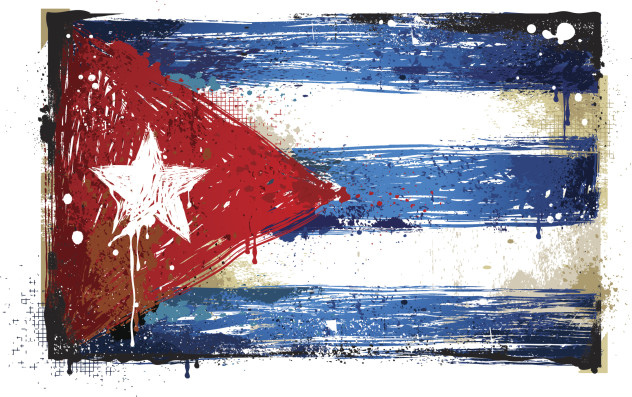
In 1960, the US began a trade embargo against Cuba. Since then, not a single cigar has made the 145-kilometer (90 mi) trip to US soil legally. The United Nations has voted to condemn the embargo 20 times as a violation of the Charter of the United Nations—which the US helped draft—and the International Covenant on Economic, Social, and Cultural Rights (to which the US is a signatory). The most recent vote was nearly unanimous. But the embargo still stands even in the face of evidence that the embargo has a devastating effect on Cuba’s access to medicine and basic supplies. There are no US embargoes against other countries for reasons other than human rights abuse and threats of terrorism. For example, the US does nearly $20 billion in annual trade with the communist country of Vietnam.
The US also continues to maintain an illegal military base on the Cuban mainland which it justifies with the 1903 Cuban-American Treaty and $4,000-a-year “rent” checks which the Cuban government refuses to cash. The Guantanamo Bay naval base also contains the infamous extrajudicial detention camp where terrorists and other “extraordinarily dangerous prisoners” are held.
9The Monroe Doctrine And US Policy In Latin America
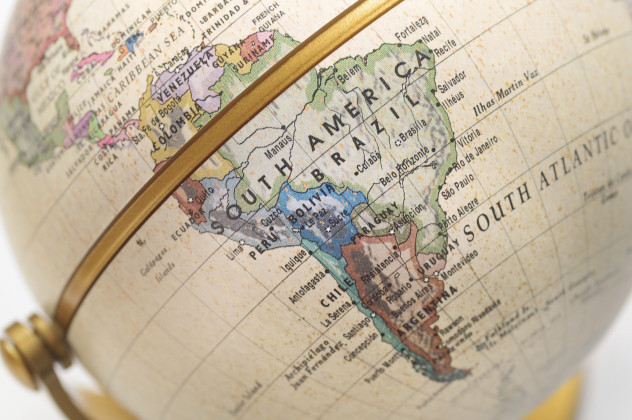
“We could not view any interposition for the purpose of oppressing [Latin American countries], or controlling in any other manner their destiny, by any European power in any other light than as the manifestation of an unfriendly disposition toward the United States.” – The Monroe Doctrine
The honeyed language of the Monroe Doctrine, pioneered by President James Monroe in 1823, was used to block European involvement in the newly independent nations of Latin America. But, while European countries were barred from “controlling the destiny” of Latin America, it left the door open for countless US interventions against “hostile” groups in Latin America, including four incursions into Panama to protect the construction of the Panama Canal, the initiation of the Bay of Pigs mission to destabilize the government in Cuba, and the broad cooperation between the CIA and repressive Latin American governments in Operation Condor, to name a few. In 1842, President John Tyler even used the doctrine to justify annexing Texas from Mexico—an event that would spark the Mexican-American War in 1846.
8The Aftermath Of The Spanish-American War
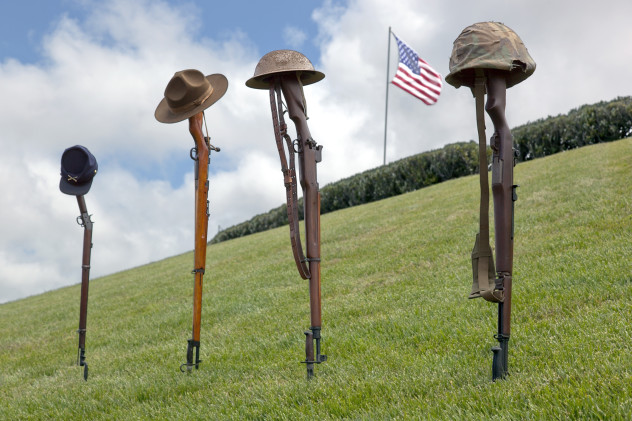
Just days before the Spanish-American War officially began on April 25, 1898, Senator Henry M. Teller proposed the Teller Amendment. This amendment promised Cuban rebels, who were weary of American involvement in their fight against Spanish rule to begin with, that the US would not establish permanent control over Cuba after the war. The Teller Amendment stated that the US would essentially help Cuba with their transition into independence and then withdraw its influence on the island nation.
However, the Platt Amendment—born out of American imperialism—was passed as a rider to an Army appropriations bill in 1901. It broke the Teller Amendment’s promise of true Cuban independence and defined US-Cuba relations by US dominance ensuring that the US had the final say in Cuban domestic and foreign affairs and paving the way for the construction of the Guantanamo Bay naval base. Most of the Platt Amendment’s provisions lasted for over 30 years until the two countries negotiated the 1934 Treaty of Relations which repealed all of its provisions except for the US’s ill-perceived right to maintain a naval base on the Caribbean island.
7US Involvement In The Soviet War In Afghanistan
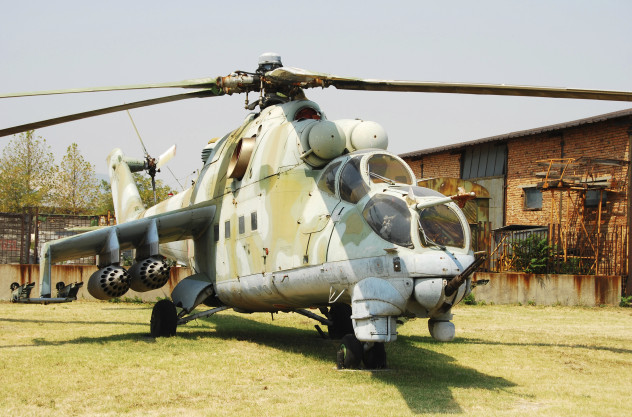
“You are creating a Frankenstein.” That was the message Pakistan’s then–Prime Minister Benazir Bhutto gave to President George H.W. Bush to warn him that the US was creating a dangerous monster by funding, arming, and training Islamic rebels known as the Mujahideen in their fight against Soviet rule in Afghanistan.
She was right. Over the course of a decade, from 1979 to 1989, the CIA secretly backed the Mujahideen in what was called Operation Cyclone. Much of the money was sent covertly through Pakistan’s Inter-Services Intelligence Agency (ISI) which, after receiving it, distributed it to certain rebel groups—some of which were Arab zealots who harbored intense anti-American sentiments.
The US favored these Islamic militants who had traveled to Afghanistan from Egypt, Pakistan, Syria, and elsewhere, as opposed to the Afghan natives, because they were, by the CIA’s account, the only group that was trusted to remain purely anti-communist and unfettered from the factionalism that prevailed in the country. By some accounts, one of the CIA’s partners in its fight against the Soviets was Osama bin Laden who had joined the rebel cause from Saudi Arabia.
Critics of Operation Cyclone argue that it was these efforts to eradicate communism in Afghanistan that laid the foundation for what the country would become by the 1990s: a place riddled with terrorist organizations such as al-Qaeda and the Taliban. “[The US] saw the chance to score a victory, in this case by bleeding the Soviet Union in Afghanistan,” writes journalist Stephen Kinzer in his 2006 book Overthrow. “Eager for that victory, they never weighed the potential long-term consequences of their action.”
But to this day, US officials deny the link between America’s involvement in the Soviet War in Afghanistan and the upsurge of Islamic extremism and terrorism. In 1998, Senator Orrin Hatch, a member of the Senate Select Intelligence Committee who was involved in the decisions that led to aiding the rebels in Afghanistan, said that even in hindsight those decisions were “worth it” in the interest of America’s Cold War efforts. But when it’s another country accused of adding fuel to terrorists’ fire, the US will hear no excuses. After bin Laden was killed in 2011, for example, attacks were immediately launched toward Pakistan for hosting (even if unknowingly) the most hated man on Earth.
6US Nuclear Proliferation Policy
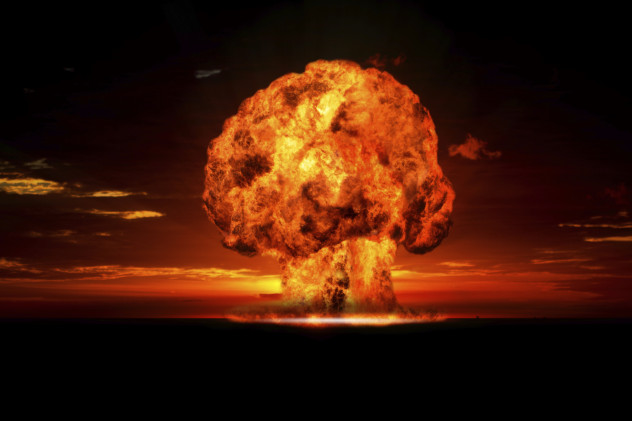
One of the main foreign policy goals of the US this decade has been to block Iran from pursuing what it calls an “illegal” nuclear program. The US has repeatedly sponsored UN sanctions on Iran after Iran failed to allow sufficient oversight by the International Atomic Energy Agency (IAEA).
However, Israel—long supported by the US—is generally known to have a large stockpile of nuclear weapons ranging from “suitcase nukes” to intercontinental ballistic missiles (ICBMs). It maintains them in secrecy under a policy known as “nuclear ambiguity.” Israel also has tried to sell nuclear technology to the apartheid regime in South Africa. Yet, the US has put no significant pressure on Israel to disclose its nuclear stockpile. In fact, recently declassified documents show that the US was made aware of Israel’s nuclear program nearly 50 years ago, in the late 1960s, but they did nothing to try to stop it.
5US Annexation Of Hawaii
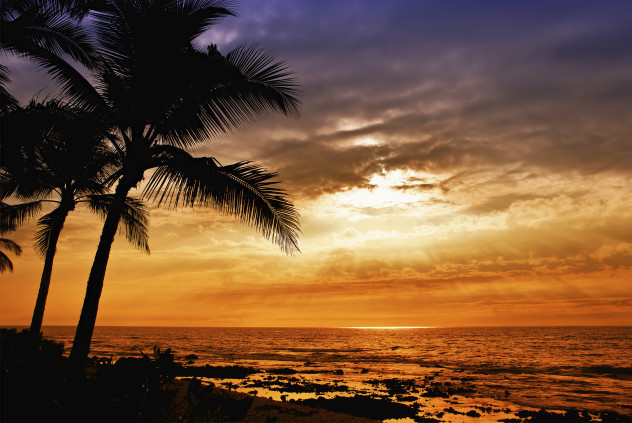
In 1893, a group of sugar cane and pineapple-growing businessmen, backed by American forces, overthrew Hawaii’s peaceful and relatively stable monarchy ruled by Queen Liliuokalani. They imprisoned the former queen, took control of millions of acres of land, and established what they called the Provisional Government.
The businessmen then asked President Benjamin Harrison and Congress to annex the Hawaiian Islands. Harrison set the wheels for annexation in motion, but when he was replaced by Grover Cleveland, an anti-imperialist who opposed America’s acquisition of Hawaii, Cleveland instead launched an investigation into the revolution that overthrew Queen Liliuokalani. This investigation resulted in the so-called Blount Report, which found that the US Ambassador to Hawaii was instrumental in organizing support for the coup and even called in US Marines for help under false pretenses and despite widespread approval of the queen.
But this report was suppressed and Congress reacted by sanctioning its own committee which would publish the Morgan Report in 1894. The new report found no evidence of any US involvement in the coup, said that the Hawaiian monarchy had “perished” before US troops even arrived, and justified the installation of the Provisional Government to protect US interests. The chairman of the commission, John Tyler Morgan, was a former Confederate General and Grand Dragon of Ku Klux Klan. He supported repealing voting rights for black Americans and legalizing hate crimes, among other terrible things.
President William McKinley, unable to gain the popular support of native Hawaiians or the support of the Senate, would later annex the Hawaiian Islands anyway. It was not until 1993 that the US officially apologized and recognized its role in the coup.
4US Policy In The Philippines
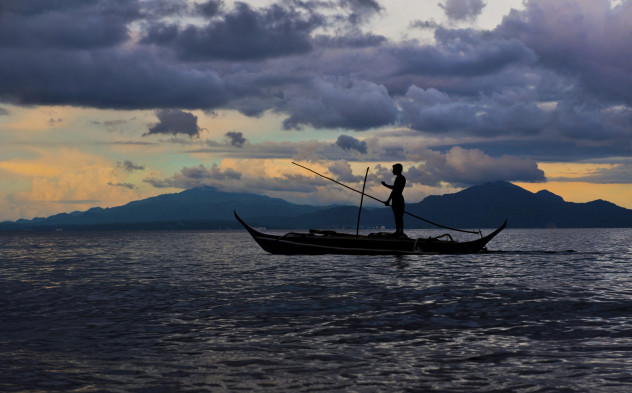
With the destruction of the Spanish fleet in Manila Bay followed by the quick capitulation of Spain in the Spanish-American War, the US found itself in possession of the Philippines. Unsure how the new territory would be governed, President William McKinley appointed a commission to investigate the current state of the archipelago and make recommendations on how the US should proceed. In patronizing language, the commission made an address to the Filipino people, stating, “[The US] is eager to spread peace and happiness among the Philippine [sic] people; to guarantee them a rightful freedom; to protect them in their just privileges and immunities; to accustom them to free self-government and to encourage in them those democratic aspirations, sentiments and ideals.”
However, the commission’s report sharply divided the Filipino people into “civilized” and “uncivilized” groups which would lay the framework for which rights the US would respect. The Moros, a minority Muslim group in the Philippines, had resisted occupation by the Spanish and did not welcome American occupiers. In the course of their struggle, they were driven—women and children included—into the crater of a volcano.
From the heights of the rim, the US Army mounted artillery and barraged the makeshift village, killing nearly 800 people. Theodore Roosevelt celebrated it as a “brilliant feat of arms,” and the US Fourth Cavalry Regiment wears a coat of arms celebrating the massacre to this day. Mark Twain would later write, “Our uniformed assassins had not upheld the honor of the American flag, but had done as they have been doing continuously for eight years in the Philippines—that is to say, they had dishonored it.”
3The Iran-Contra Affair
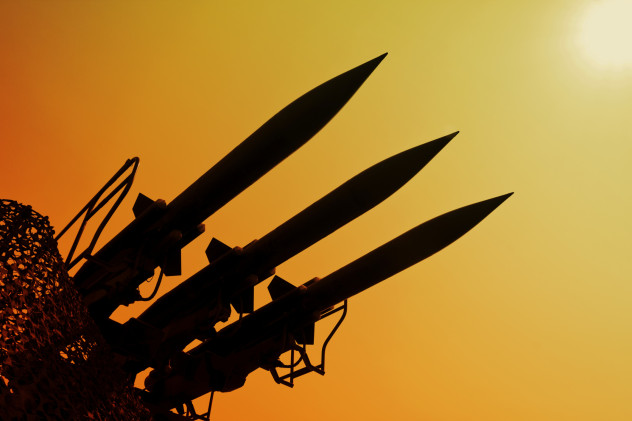
In the 1980s, Contra rebels were locked in battle against the Cuban-sponsored Sandinistas in Nicaragua. President Ronald Reagan was especially sympathetic to the Contras’ cause, even calling them “the moral equivalent of our Founding Fathers.” Reagan wanted to give them financial support, but this proved difficult as the Boland Amendment (three legislative amendments between 1982 and 1984) restricted CIA and US Department of Defense operations in Nicaragua. So, how did the Reagan administration get around this? They sold weapons to terrorists.
In 1985, Iran and Iraq were at war and Iran requested weapons from the US despite the transaction being a violation of the embargo against selling arms to Iran. Seven American hostages were being held by Iranian terrorists in Lebanon at the time, so Reagan reasoned he could make an exchange: weapons for hostages. But this did not go smoothly. After over 1,500 missiles were shipped to Iran, only three hostages were released—and then replaced by three more. Reagan soon found himself the target of harsh international criticism for negotiating with terrorists, but he denied doing so. As investigations into the matter ensued, another detail emerged: 60 percent of the amount Iran reportedly paid for the weapons was essentially unaccounted for. Where had it gone? Straight into the pockets of the Contra rebels in Nicaragua.
In the end, after an Independent Counsel investigation, 14 officials were charged with “cover-up” crimes, but half got off due to technicalities and pardons from President George H.W. Bush. As for Reagan, his image only suffered temporarily; he left office with the highest approval rating since FDR.
2US Declarations Of War Since 1945
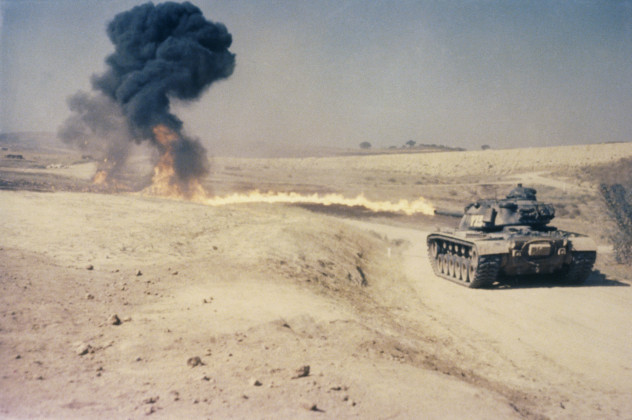
By and large, the US is responsible for the foundation of the United Nations. An institution founded to prevent the conflict that snowballed into the Second World War, the UN has very strict rules about how nations can declare war. However, once the US declared the United Nations a legitimate arbiter of world affairs, it promptly began violating those very laws.
The second article of the UN Charter states: “All members shall refrain in their international relations from the threat or use of force against the territorial integrity or political independence of any state, or in any other manner inconsistent with the purposes of the United Nations.”
Any military action that is not explicitly defensive must be certified with a Security Council resolution. With the exception of the Korean War in 1952 and the First Gulf War in 1991, all of the wars that the United States has participated in have been illegal. Former Secretary-General of the UN Kofi Annan has said as much about the Iraq war. The Vietnam War began under demonstrably false circumstances and other incursions, like the US invasion of Panama and Grenada, have received nearly universal condemnation.
1The Coup Against Ngo Dinh Diem
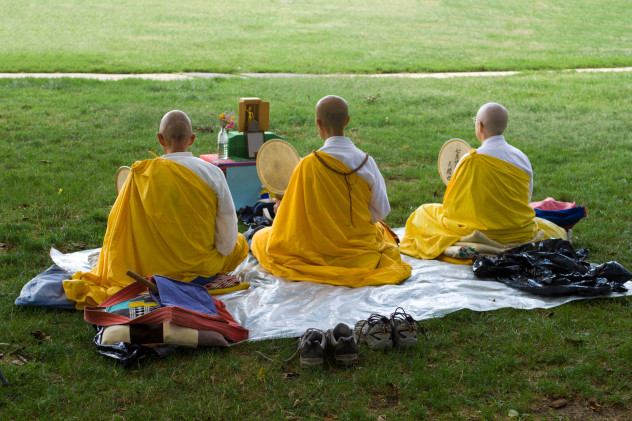
In the early 1950s, the US thrust Ngo Dinh Diem into power as South Vietnam’s first president to counteract Ho Chi Minh and the growing communist influence in North Vietnam. But doubt soon rose over Diem’s ability to stave off communism in the south, and his Catholic-rooted regime grew grossly unpopular—Buddhist monks famously committed suicide by burning themselves to death in protest. So, in the early 1960s, Vietnamese nationalists decided to stage a coup against his regime, and America, who had single-handedly written Diem’s rise to power less than 10 years before, endorsed and even funded it. With President John F. Kennedy’s approval, the CIA-sponsored overthrow of Diem’s government culminated in his assassination in Saigon on November 2, 1963.
Fear that Diem’s regime was not strong enough to quell communism in the Far East and the fact that America was concerned with how the war in Vietnam would play out led to his assassination. When CBS News anchor Walter Cronkite asked Kennedy if he thought the US could win the Vietnam War in a 1963 interview, Kennedy responded by saying only “with changes in policy and perhaps with personnel,” referring to Diem and other leaders of his regime. This served to foreshadow what would come, as exactly two months later Diem and his powerful brother, Ngo Dinh Nhu, would be brutally murdered in an assassination largely orchestrated by the US government.
Nate Lynch is a freelance writer in New York City. Follow him on Twitter here. Angelo J. Verzoni is a freelance writer and editor in Maine. Follow him on Twitter here.



